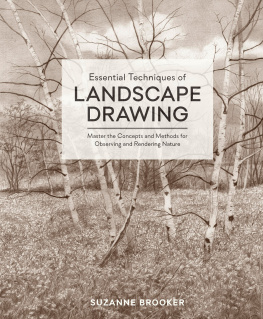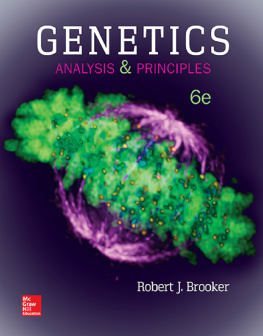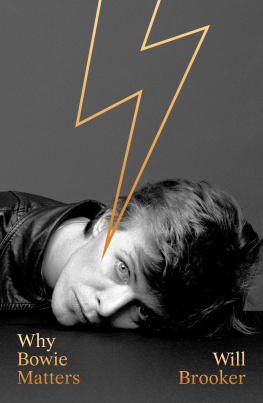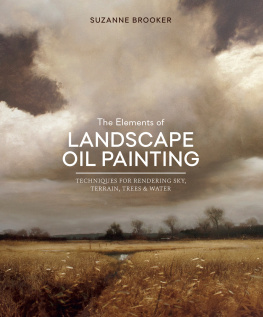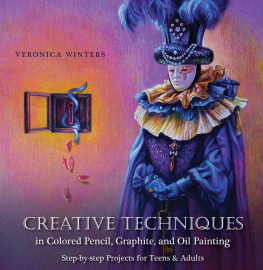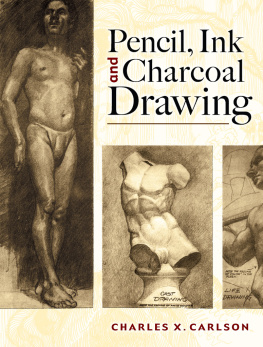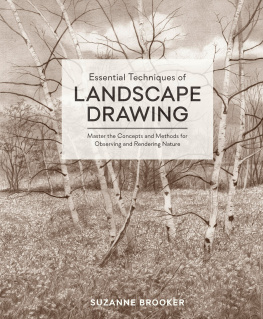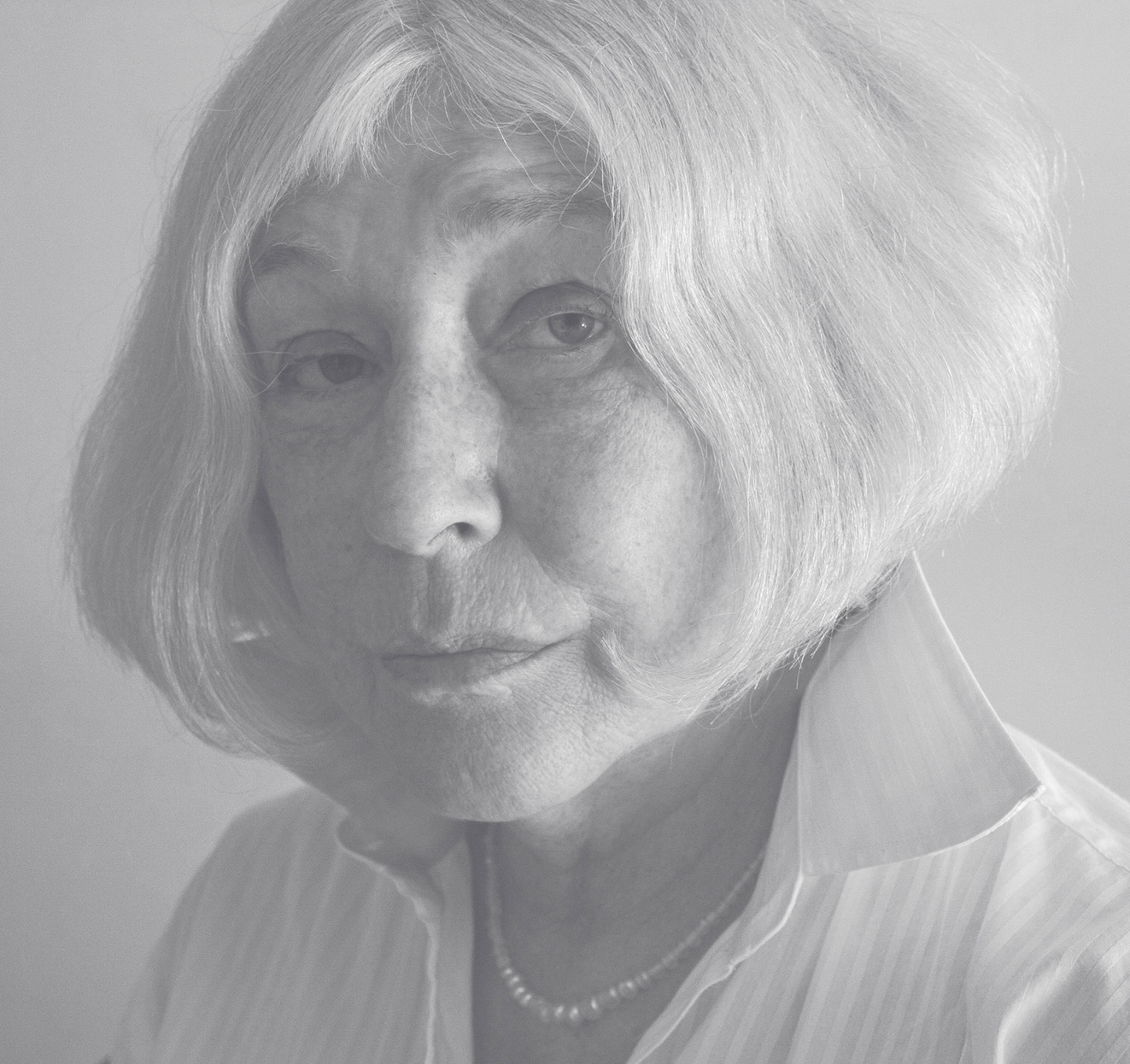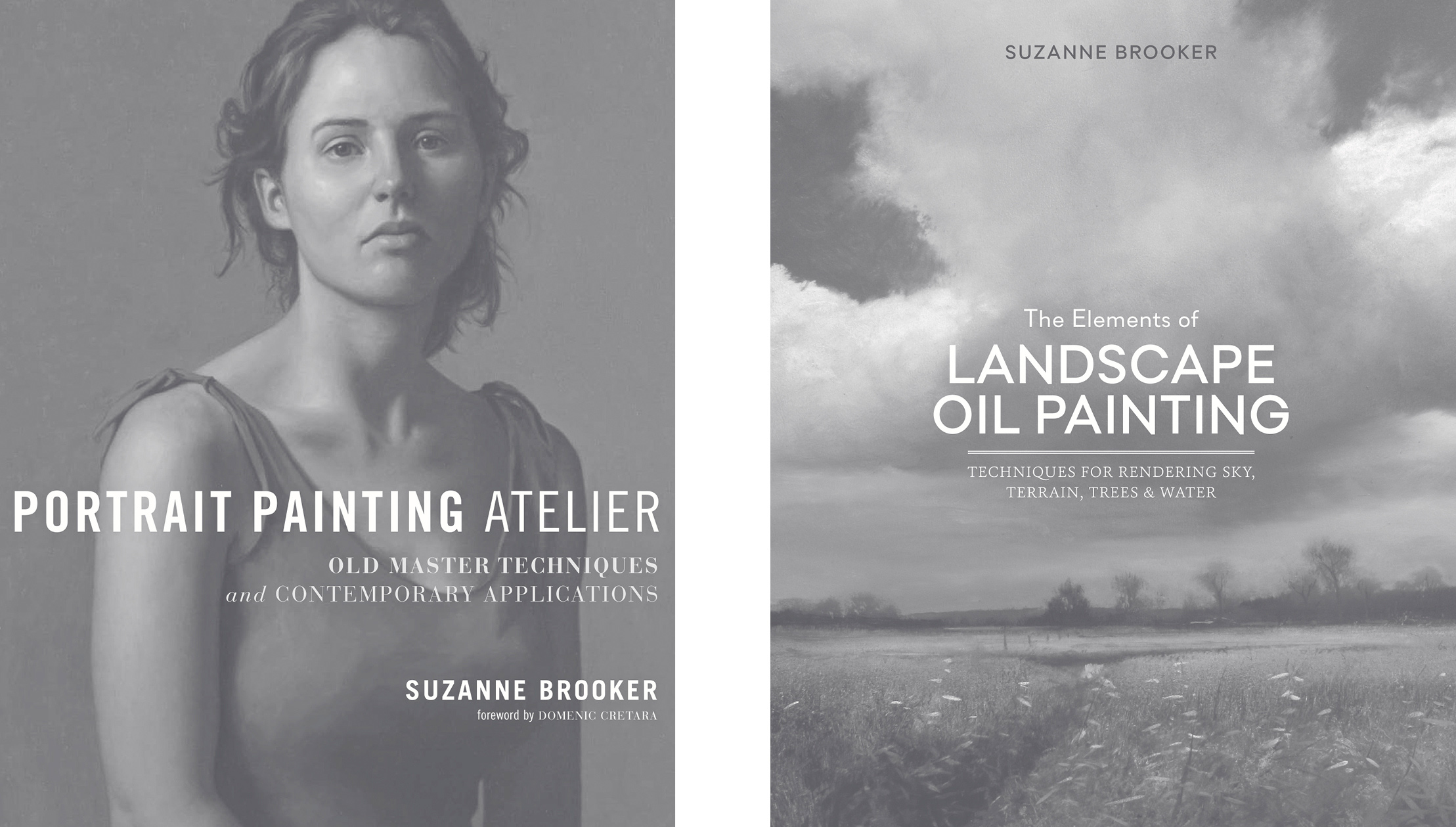My many thanks go to the friends and family who make such a project come to fruition, especially my partner, James Maloney, who has suffered my grumpy moods and obsessive character with his charm and humor. Without the generous support of the Gage Academy of Art and my fine students, where would I be? To fellow artists who so generously provided their inspiring works within these covers, my lasting gratitude. Special thanks to Tamalin Baumgarten, Patty Haller, Lolly Shera, and Heather Comeau Cromwell for their help without question. Warm thanks to the staff at Watson-Guptill / Ten Speed Press for making this book possible.
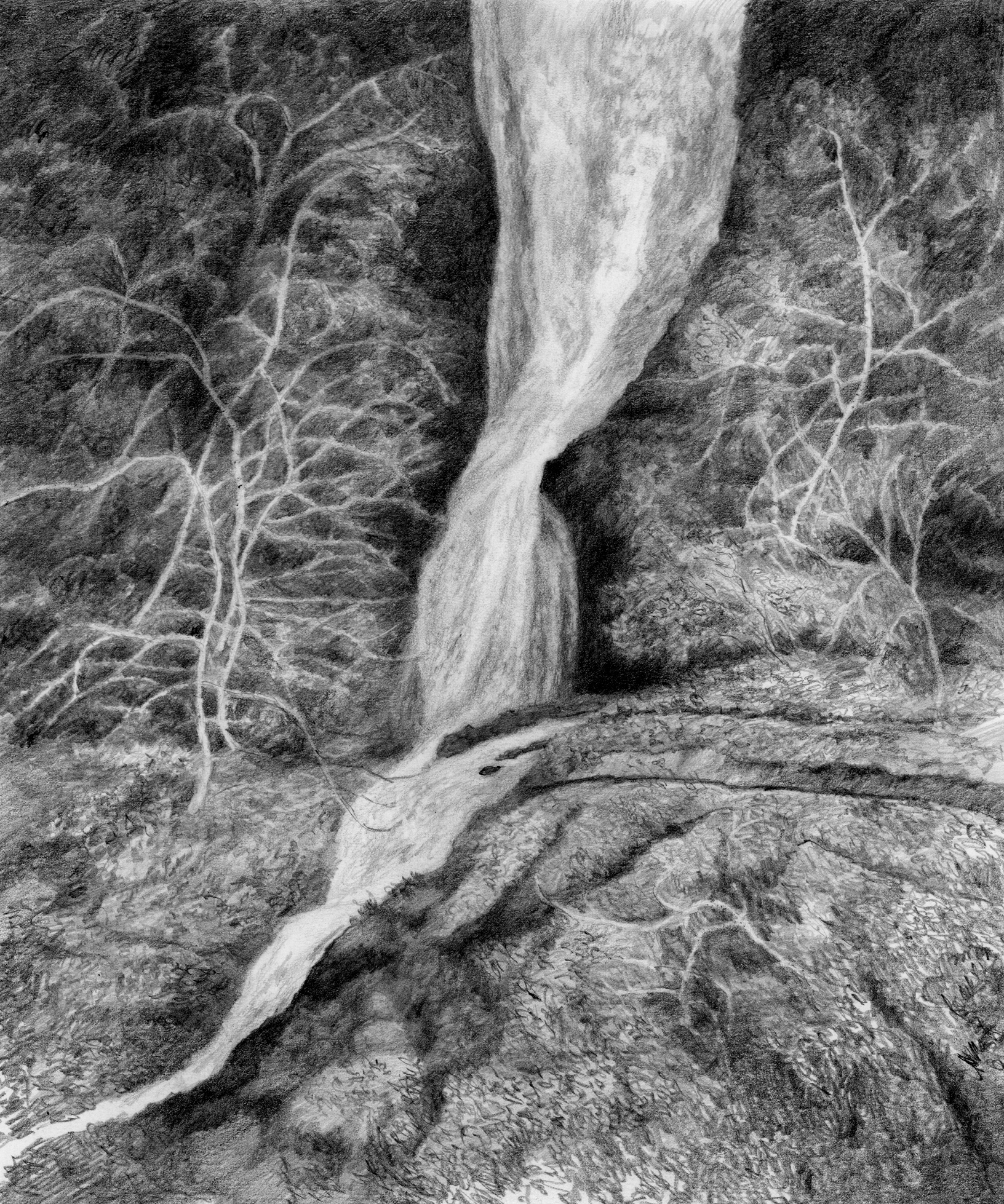
SUZANNE BROOKER, WATERFALL STUDY , 2016, GRAPHITE ON BRISTOL PAPER, 12 X 10 INCHES (30.5 X 25.4 CM).
SUZANNE BROOKER has dedicated her life to art-making, both in studio practice and as an educator. She began her career as a teaching artist after receiving her MFA in figurative painting from California State University, Long Beach. She first began teaching at the Gage Academy of Art in Seattle in 1999. Since 2013, she has focused her classes on landscape painting and drawing. She is the author of Portrait Painting Atelier and The Elements of Landscape Oil Painting. She resides in Seattle, Washington. Find more of her work at suzannebrooker.com.
ALSO BY THE AUTHOR
CONCLUSION
The activity of drawing is filled with exploration and experimentation. Your first trials using a new medium may have produced surprising results. Learning what to expect from a certain medium requires understanding its strengths and limits, and that only comes through practice. Focus on how this new medium responds to your approach and make adjustments. If your first drawing was overworked, then you have gained valuable information on what not to do next time!
Drawings depart from our intentions as they develop a life of their own. In this case, you as artist must be sensitive in responding to what the drawing needs to succeed rather than what you wanted as a finished product. Adjusting your stylistic approach from nuanced details to bolder, more expressive line or areas of contrast is one example.
You may find that you are still too unpracticed at the techniques offered in the beginning of this book, making it more difficult both to manage the techniques of a different medium and to keep the structure of the drawing going at the same time. The key to learning a new technique or medium is starting with a simple image with bright lighting and clearly seen elements. Using the same image from one of your graphite drawings allows you to compare how a different medium changes the overall feeling of drawing.
Working with color adds another layer of complexity, because value and color intensity are often confused. Although color gives a symbolic meaning (such as sky is blue), it is still the use of value that generates a sense of form and space in a drawing. Learn to control the value of a color medium with a simple monochromatic study before jumping into a full range of colors. Then try a drawing using only one color family with variations of warm-to-cool and bright-to-dull color. This will give you greater insight into how color temperature and intensity works with value.
Most of all, let curiosity be your guide! Ask yourself, What happens if I use this paper, use a smaller tipped brush, use linear rather than tonal shading, or? Keeping open to the process not only builds your experience but also your skills in observing and rendering nature.
CHAPTER 1
THE BASICS OF LANDSCAPE DRAWING
Learning the art of drawing is a skill. Therefore, anyone can learn to draw, if you have patience, persistence, and passion. Surprisingly, its not about being a natural talent or having 20/20 vision and manual dexterity. However, it does take patience on your part, in order to learn the concepts and techniques of drawingall without being judgmental about the end results of your first efforts. Persistence requires giving yourself the time to draw and to keep trying over and over again. However, passion (not losing sight of your desire to find personal expression through drawing) is most important.
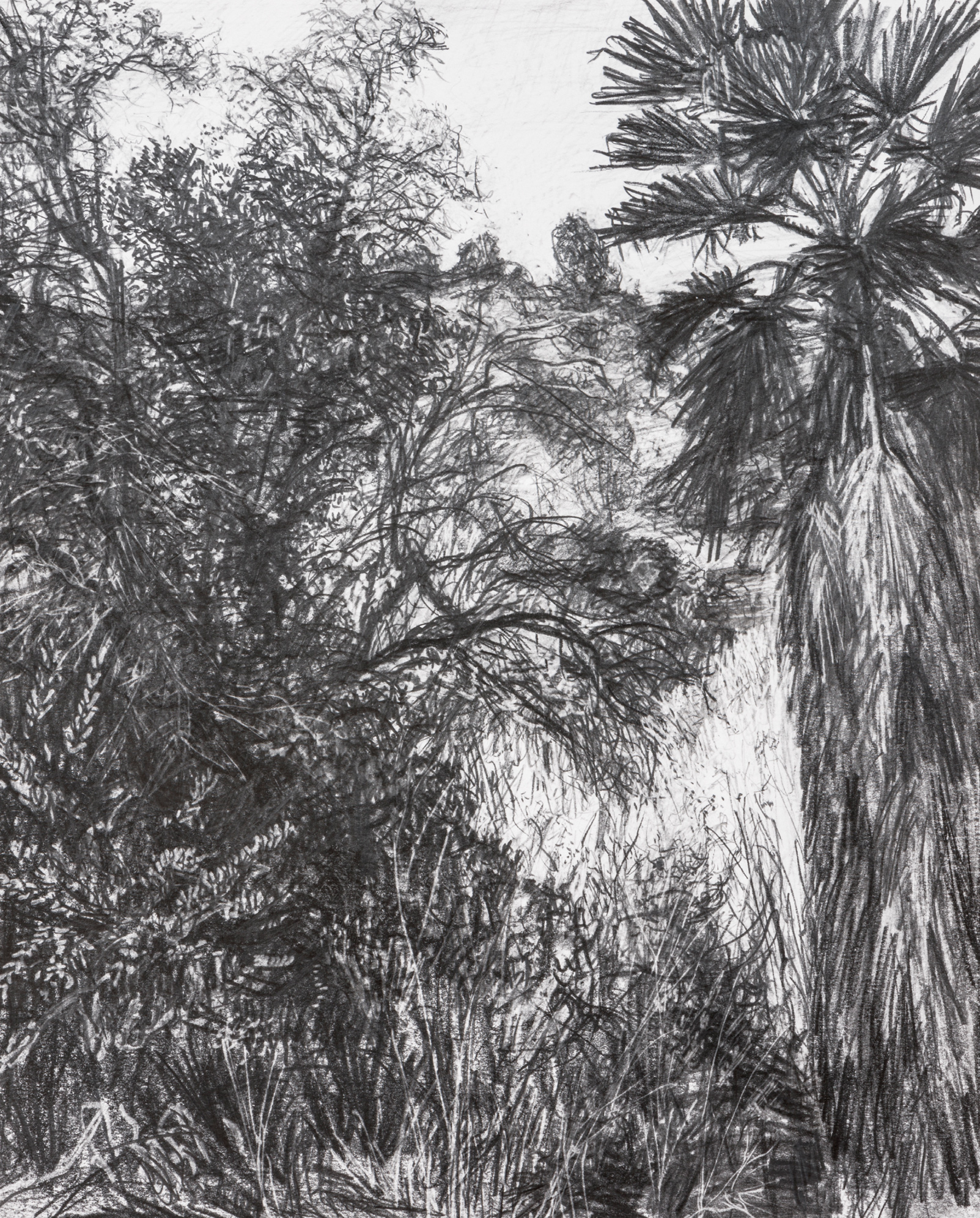
LUIS SERRANO, SPOT ABOVE THE EDGE , 2013, GRAPHITE ON BRISTOL PAPER, 17 X 14 INCHES (43.2 X 35.6 CM).PHOTOGRAPHY BY ALAN SHAFFER.
Landscape artists create images with an expressive purpose from elements observed in nature. The goal of a drawing is often more than the subject depicted; it is also the visual dynamics it captures (or expresses) through line, shape, form, and texture.
WHAT IS VISUAL THINKING?
Visual thinking is a different, non-verbal mode of thinking as compared to those used for analyzing, reasoning or communicating with language. It is based on a visual language of line, shape, color, value, and texturethe formal elements that create all visual images. You can think of visual thinking as if it were a new alphabet, one made up of pencil marks that when assembled make up grass, clouds, and water, instead of words, sentences, and thoughts. Essentially, all drawings are made up of abstract marks organized via visual thinking to convey a sense of representation or realness for the viewer. After all, paper is flat but the world is filled with dimension. As a result, you can think of a drawn image as the art of illusion, of creating the resemblance of volume and space.
Developing our observational skills becomes important since what we draw is our perceptions of the natural world. The process of drawing opens your perceptions of the visible world through an active process of observation where what your eyes see-by-looking is melded to the mental function of noticing . Learning to draw is not only about seeing in a new way, but also translating what you see through drawing techniques and the visual traditions of Western culture. In the following chapters, youll learn more about specific techniques and how these skills are applied in landscape drawing.
The importance of drawing can never be overstated. Through drawing, you activate a connection between your eyes and your brain through to your hand that reflects your thoughts and perceptions revealed through drawing materials. In other words, visual thinking is the way you perceive the world around you and convert those observations via the drawing process.
Drawing as a finished product doesnt even matter as much as the process of drawing itself does. One of the benefits of learning to draw is that it enhances your mental functions, literally building new connections within your brain. Although we consider communicating with language as the most important brain function, it is vision that dominates our senses. Drawing utilizes the right side of your brain, which perceives spatial relationships, patterns and shape relationships. Unlike the left side of your brain, it has no words/language as it perceives the world visually. For instance, without the right side of your brain you wouldnt be able to drive or walk down a simple stairway! The left side of your brain however, is verbal and functions visually by symbol recognition. It gives verbal labels for what you see (grass, dog, tree) and stops noticing once an object is identified. A drawing practice focuses your mental attention on the present moment and quiets the verbal chatter of your left brain so you can see/notice what the right brain is observing. This opens your awareness of the natural world away from the concerns of daily life.

